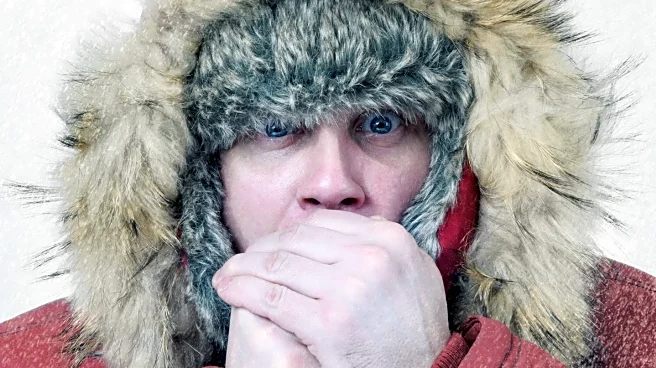What's Happening?
The Mayo Clinic has released information detailing the symptoms and causes of hypothermia, a condition where the body's core temperature drops below 95°F (35°C). Hypothermia can lead to heart and respiratory
failure if left untreated. Common causes include exposure to cold weather or immersion in cold water. Symptoms range from shivering and slurred speech to confusion and loss of consciousness. The clinic emphasizes the importance of recognizing these symptoms early and taking preventive measures, such as wearing appropriate clothing and avoiding prolonged exposure to cold environments.
Why It's Important?
Understanding the symptoms and causes of hypothermia is crucial for preventing this potentially fatal condition. The Mayo Clinic's information serves as a valuable resource for individuals living in or traveling to cold climates, as well as for healthcare providers who may encounter hypothermia cases. By raising awareness about the signs of hypothermia, the clinic aims to reduce the incidence of cold-related injuries and deaths. This information is particularly relevant for vulnerable populations, including the elderly and those with pre-existing health conditions.
What's Next?
The Mayo Clinic's emphasis on prevention may lead to increased public health initiatives focused on educating communities about hypothermia risks and safety measures. Healthcare providers might receive additional training to better recognize and treat hypothermia cases. Furthermore, there could be a push for more research into effective prevention strategies and treatments for hypothermia, potentially influencing future healthcare policies.
Beyond the Headlines
The clinic's report also highlights the broader implications of hypothermia on public health and safety. There may be discussions about the adequacy of current healthcare resources and whether additional support is needed for at-risk populations. Long-term, this could lead to changes in public policy aimed at improving access to healthcare and emergency services during extreme weather conditions.












